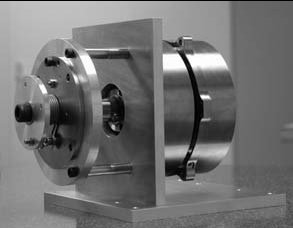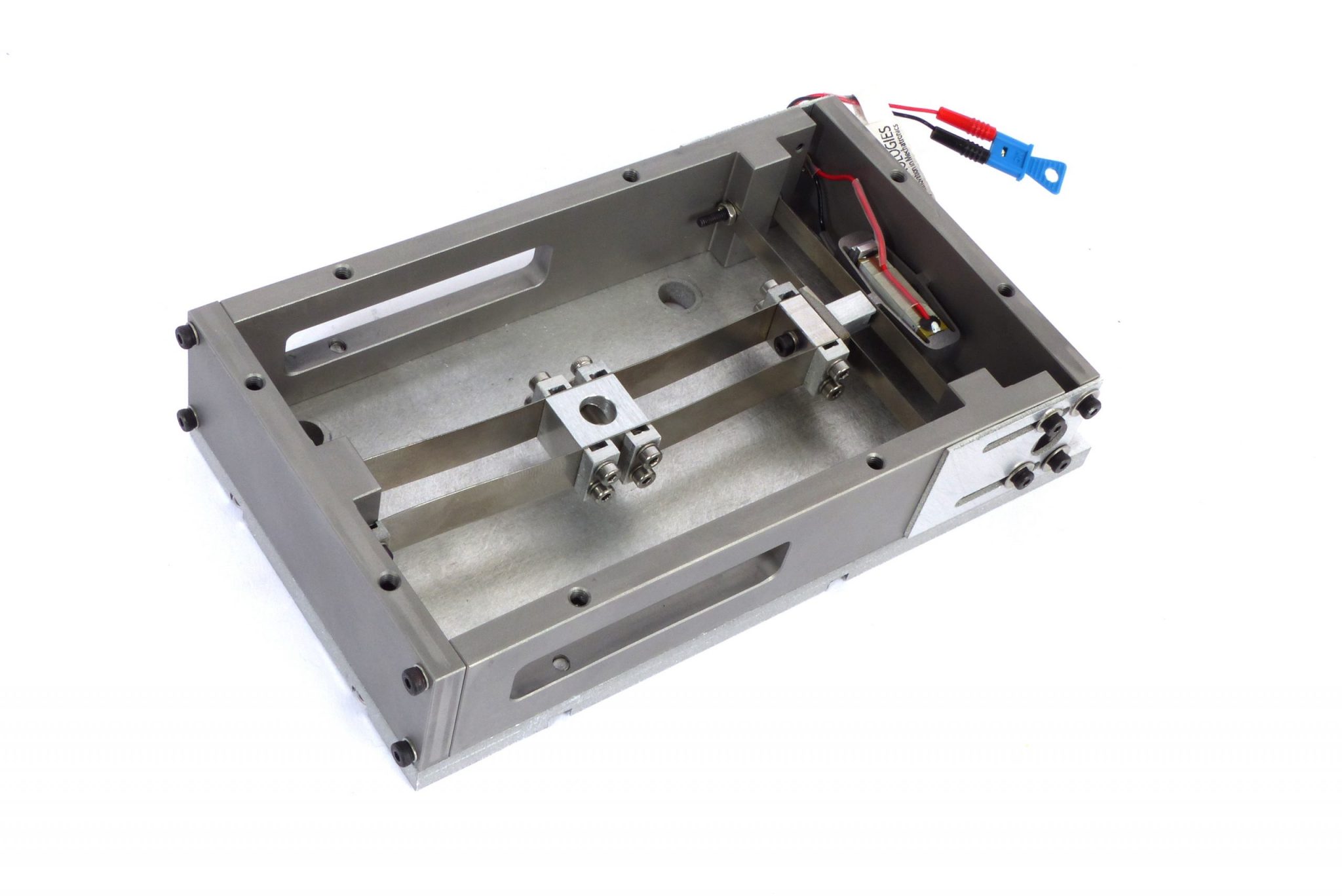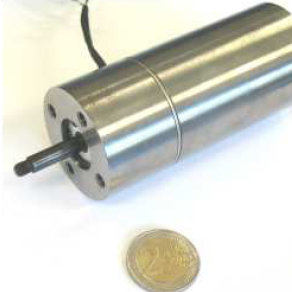Publications
Categories
- (34)
- (9)
- (3)
- (145)
- (18)
- (7)
- (5)
- (8)
- (9)
- (17)
- (2)
- (104)
- (7)
- (15)
- (7)
- (2)
- (1)
- (6)
- (155)
- (20)
- (2)
- (5)
- (111)
- (35)
- (11)
- (4)
- (59)
- (18)
- (3)
- (7)
- (62)
- (18)
- (5)
- (24)
- (7)
- (12)
- (1)
- (2)
- (2)
- (1)
- (1)
- (14)
- (13)
- (4)
- (6)

ACTUATOR2008 Moving Iron Controllable Actuators
6 January 2008
To meet the demand of controllable millimeter-stroke actuators, there are two possible starting points. One is to consider improvement of moving coil actuators, the other is to consider improvement of moving iron actuators. Following this approach and using its experience on the different types of magnetic actuators, Cedrat Technologies has developed new specific Moving Iron Controllable Actuators, called MICA. This actuator circumvents previous controllability limitations of standard Moving Iron actuators while keeping their high forces capabilities. Compared with moving coils of the same force, the MICA are twice less in mass while requiring 3 times less electric power. Another significant advantage of the MICA is a much better heat dissipation and reliability as the MICA coil is fixed into the iron stator.

Rotating step by step piezomotor for nanopositioning and space applications
19 June 2023
Piezomotors are well known in various applications where high precision actuation is required like AFM or handling equipment for semiconductor production. Their specific low speed in direct drive and high torque characteristics combined with high holding torque in off power conditions make them very attractive for any positioning application and especially space mechanisms where low electrical consumption is always sought. A new concept of rotating stepping piezomotor has been developed in the frame of the LISA space project where the mechanism of the telescope orientation was addressed.

Sounds and ultrasounds transducers
3 January 2001
The Active Materials Applications in the fiel of Motors and Actuators systems are in full expansion at CEDRAT RECHERCHE ans their very general characteristics (which have led to the piezo products) have justified the regular presentations in the flux magazine up to present.

A wideband piezo vibration energy harvester
8 September 2022
This paper focuses on the design of the bistable energy harvester based on a patented solution invented by the SYMME / USMB laboratory and using Amplified Piezoelectric Actuator (APA®) technology. A preliminary prototype is developed considering the lifetime and mechanical limitations. Experimental results are also given for swept sine and random vibration.

ACTUATOR2008 MRF actuators Abstract
19 June 2023
Short Abstract
The MRF actuators are new electromechanical components using Magneto Rheological Fluids (MRF). When submitted to a high enough magnetic field, MRFs switch from a liquid to an almost solid body. The purpose of the new developed MRF actuators is to reach three aims: to offer a blocking force at rest, which can be strongly reduced by applying a current, to provide an electrically- controllable resistive force over a stroke of 30 mm, to perform the control of the force in a very short time, typically in a few milliseconds.

Large Stroke Fast Steering Mirror for Space Free-Space Optical communication
2 March 2020
Free-Space Optics and Deep Space Optical Communication request new compact low-power high-stroke high-bandwidth Fast Steering Mirrors. To address this need, CEDRAT TECHNOLOGIES has developed a Magnetically-actuated Fast Steering Mirror called M-FSM, taking heritage of its MICA™ technology. This mechanism offers Rx Ry strokes larger than +/-2° with a 250Hz bandwidth when tilting a 10mm-diameter mirror. Closed loop control is achieved using integrated eddy current sensors. Requested power is reduced leading to low heating and allowing high duty cycle. Vibration tests allow to define first limits and conditions for the M-FSM to bear external vibrations.


